CRAWFORD Hugh
THE ORIGINS OF THE CRAWFORD FAMILY in Scotland and IRELAND
The Crawford surname is of Scottish origin, being traced to the upper Clyde River Valley in Lanarkshire. The surname is followed back to the late 1000’s when the Barony of Crawford is noted in various records. This surname is recognized as an independent House of Scotland proven with unique arms design continually maintained since before 1196 (surviving seals of the Lord of Loudon Castle who was also Sheriff of Ayrshire) and 1319 when the Crawford blazon appeared with the oldest surviving color Scots blazons on the Scottish National Treasure, the Bannatyne Maser. Members of this arms-matriculated independent House of Scotland have played the most important roles in establishing and reuniting Scotland as a nation.
http://www.clancrawford.org/
 HUGH Crawford was born in 1872 in Edinburgh, son of William Crawford and Anne Murphy . He was an aunt of my own granny Helen Denholm Crawford. Her dad Edward Crawford was his brother.
Hugh was born at  No.4 Stevenlaws Close, off the High Street, Edinburgh.  This building is no longer there but  looking in the census for 1871 you can see just how many folks were crammed into these ‘stairs’.
These buildings off the High Street were the first skyscraper buildings in Europe.  They had been built to house the ever increasing population within the City Walls and from the late 1500s they were erected.  As there was little land in the compounds the architects built up and towards the sky.  Some buildings were 14 flights high!  The residents had to carry their water from the wells situated in the street.  There was no sanitation.  The folks would throw their waste over the windows and down to the streets below.  It is hard for us to imagine the squallor of the times today as sometimes whole families of ten upwards would be living in their ‘single end’ .  It is also for us hard to imagine how many people lived at this address and they had a mixture of Scots and Irish surnames. In 1861 a tragic accident occurred as one of the old stone built tenements just opposite Stevenlaw’s Close  was deteriorating and crumbling under it’s own weight.  The incident  caused the death of 35 people in a building they now call ‘Heave Awa’ Hoose’  The story goes that as they were clearing the site there was a boy still alive under the rubble.  His name was Jimmy McIvor.
He shouted these famous words and a plaque was erected when they eventually re-built the house many years later.
Hugh Crawford was born of Irish parents who had fled the great potato famine and joined the thousands of Irish immigrants in Edinburgh in the 1850s.  His parents had met in Edinburgh and had married in St. Patrick’s R.C. Church in the Cowgate area of the city on 12th March 1872. They were William Crawford and Annie Murphy. Hugh’s descendants have forwarded on these terrific photos of their grandfather and our great grand uncle.  Thanks to Michael Crawford who now lives in Devon who is happy to share what he knows of his branch of the family with us.
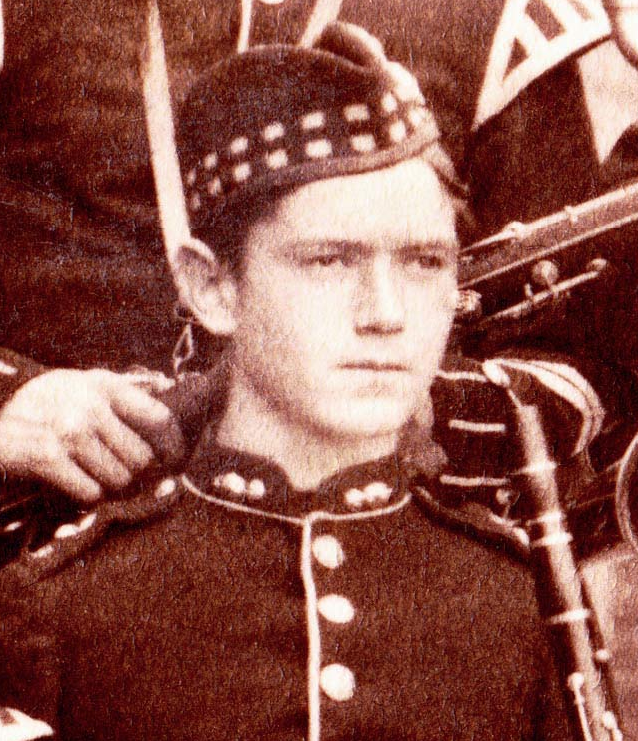 Hugh joined the Army in May 1888 at Edinburgh Castle at the age of 16. According to his Army Records  his physical condition seems to have been quite poor he weighed about 7st and was about just over 5 feet in height .  Then we see him again above  when he was 19 and again when he was 25 and now around 6 feet in height.  Hugh’s progression into manhood began in the army where he grew into the fine soldier in the photographs below.
Hugh joined the Army in May 1888 at Edinburgh Castle at the age of 16. According to his Army Records  his physical condition seems to have been quite poor he weighed about 7st and was about just over 5 feet in height .  Then we see him again above  when he was 19 and again when he was 25 and now around 6 feet in height.  Hugh’s progression into manhood began in the army where he grew into the fine soldier in the photographs below.
Michael started investigating his Crawford Family history some years ago.  Before his grandfather died he used to ask him about his father and all he could tell him was that he was cornet player in the band of the Royal Scots Fusiliers.  His father said that he thought he died in the Boer War in  South Africa and his name was on the war memorial in St Giles Cathedral.  This proved to be untrue and his Army record shows that he was discharged from the Army in March 1899 with advanced T.B. which he died of in Feb 1901.  I mention this as it might well be referring to Hugh and Edwards father William.
Hugh’s father was William Clery Crawford born in Edinburgh in 1854.  He married in St. Patrick’s R.C. Chapel in the old part of Edinburgh called the  Cowgate  on 12th March 1872.  His new wife was Anne Murphy.   They were both 18 years old.  William had the profession of a comb-maker and Anne was described as a spinster.
William himself joined the army at a later date but his story has no end as we can find no trace of his death in Scotland. Michael has also  done his  best to try and find what happened to him but with no luck.  He also has  looked at the death records in Scotland and England but can find no trace, maybe thinking that he has missed something.  The evidence does suggest that he died or disappeared sometime between 1887 and 1888.  The Royal Scots Edinburgh Batallion was stationed in Burmah during these years and it may be that he was a casualty of War. The 1st Battalion Royal Scots were part of a 4000 strong force of British and Colonial troops that went to Bechuanaland in December 1884 under the command of Sir Charles Warren. This expedition was given the task of providing a deterrent to the Boers who were encroaching on tribal land a stealing cattle.
Also German interest in the region had to be discouraged. The expedition was accomplished without bloodshed and it ended in 1885. The battalion stayed in South Africa and took part in operations in Zululand in 1888. They returned to the UK in 1891. This needs further investigation.
In the census for 1891 Annie was listed as a widower on Hugh’s marriage certificate of 1894 his father is listed as being deceased.
- Hugh joined the Army in May 1888 at Edinburgh Castle at the age of 16. His physical condition seems to have been quite poor he weighed about 7st and was about just over 5 feet in height.  Considering this information we must compare him to the photographs here of when  he was 19 and again when he was 25.  These photographs show him in his prime and show his obvious pride in his occupation.  His formative years had gone and he had now grown into the soldier remembered by his descendants today.
- Hugh also had two scars near his left eye and again on his lower left cheek. The ones near his eye are just visible on the 1897 photo, the evidence suggests that he was attacked with a bottle sometime during his childhood.Â
- I can only speculate but I think he joined the Army as an escape from poverty and a family crisis because it was at this time that both his brothers Edward and Francis were placed in the Industrial School in Liberton which I was informed were for the children of the poor, in other words the workhouse.  But the workhouse was no bed of roses.  This one in particular was more for boys who had ‘lost their way’ and they were placed here to set them back on track.  The routine in the home would be strict and the segregation of he ages and sexes would be compulsory
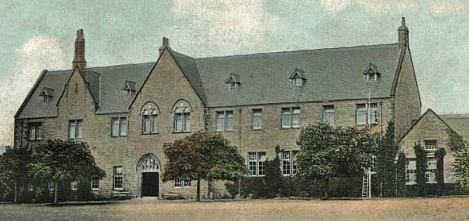
Liberton Industrial School
- Rose was placed in the industrial school in South Leith I think as a sewing machinist but her father was not William Crawford she had a different father and in the book of christenings in St Patrick’s Chapel she is the only one of the family who is not listed. Â Â In the census for 1891 they are still listed in the respective industrial schools. -Â
On Saturday December 8th  1888 Francis died from acute meningitis at the Industrial School in Liberton, Edinburgh.  His death certificate refers to his father as a soldier and that is the only real evidence I have.
Annie Murphy’s father was also Irish.  His name was Hugh Murphy.  Her mum was called Agnes or Ann McGee.  [our 3 x great  grandparents]  Hugh was employed at the time as a plasterer’s labourer.  She had some siblings, Catherine, [1855]  Frances ,  Mary [1859], Hugh [1861], Rosie [1861]  and Margaret [1864].   Annie Murphy would be our great-great grandmother.  Annie also had an uncle Allan Murphy who was born in 1824 and who also resided with the family in Edinburgh.
On Anne’s death certificate I think that the Latin wording for the cause of death translates as medical neglect and father was listed as a labourer at the sugar works. On his marriage certificate he was listed as an India rubber comb cutter.  There was an India  rubber manufacturer in Edinburgh at the time 1872 Â
Hugh carried on in life and married………………….They had at least two children Annie and Douglas
But back in IRELAND we have our 4 x great grandfather Andrew Crawford. Â Andrew was from a wee town in County Meath called Nobber. Â Â The little town has been there for many cenuries. Â When our Michael visited the village he conversed with locals of the village who told him the following.
- Some years ago I visited Nobber  and was told there was a place called Craffords Cross on the hills above the small town. I suspect that is the Irish pronunciation of Crawford.  I visited the house there and was told by the owner that originall they were quite a few buildings there and a blacksmiths shop. I asked where the Connels lived and said they just live down the hill. I cant t prove anything but I suspect that Edward was illegitimate.  There does seem to have been an enclave living outside of Nobber with Scots Protestant names.
As for Andrews origins I can only again speculate but there is some evidence to suggest that he was the son of William Crawford married at Wolston Lanark in 1791 to Agnes Archibald.  William Crawford is buried in Dolphington churchyard he died at the age of 91 and was the owner a farm which is on the road around the east side of Dolphington.  Andrew was born in 1806 and he had a sister Elizabeth.  An Elisabeth Crawford also appears in Nobber and married if my memory serves me correct  to Edward Carsons.
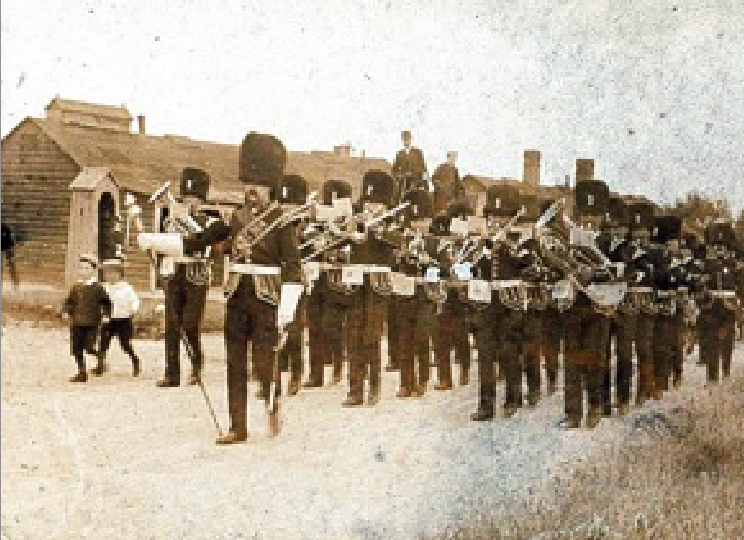  I have attached  the above photograph.  It is one that I came across in Folkestone Museum many years it is a Victorian  small stereoscopic picture with the words Royal Munster Fusiliers written in pencil on the back in old style handwriting>  This is not true only Scottish regiments wore the doublets and tartan which you just make out.  It is a picture of the band of the 1st Battalion of the RSF as they are leaving Shorncliffe Camp which is just outside Folkestone possibly with the rest of the battalion following close behind.  The cornet player looking at the camera is Hugh Crawford on seeing the picture the resemblance to my grandfather was quite striking. It was taken about 1894 -95.  He married in December 1894 to Maud Rowan who was the daughter of Michael Rowan one of the camp barrack wardens  and doorman to the Camp R.C. Church.Â
 I have attached  the above photograph.  It is one that I came across in Folkestone Museum many years it is a Victorian  small stereoscopic picture with the words Royal Munster Fusiliers written in pencil on the back in old style handwriting>  This is not true only Scottish regiments wore the doublets and tartan which you just make out.  It is a picture of the band of the 1st Battalion of the RSF as they are leaving Shorncliffe Camp which is just outside Folkestone possibly with the rest of the battalion following close behind.  The cornet player looking at the camera is Hugh Crawford on seeing the picture the resemblance to my grandfather was quite striking. It was taken about 1894 -95.  He married in December 1894 to Maud Rowan who was the daughter of Michael Rowan one of the camp barrack wardens  and doorman to the Camp R.C. Church.Â
In 1707, at the time of the Act of Union, Edinburgh was a small capital city, little more than a single street running west to east down a defensive crag from the Castle to Holyrood Palace, with narrow lanes – or wynds – branching off on both sides, in a layout that resembled the bones of a fish. S ocial intimacy was a feature of community life in Edinburgh throughout the first half of the 18th century. The wealthy and the poor lived in close proximity with face-to-face relationships, often in the same tenements though on different levels; the first and second floors having the highest social cachet.
An overcrowded population, numbering in the region of 35,000, was crammed into tenement dwellings, some many stories high, to make the best use of the limited space, with commercial premises at street level.
In the 1820s, 6000–8000 Irish per year were making the harvest migration. By the 1840s this had grown to 25,000 over the agricultural season. for Edinburgh was undergoing  a period in their history of great change. Most of the emigration, however, was on a temporary basis, peaking during important times in the farming calendar, such as harvest. In the summer of 1841,  over 50,000  Irish, mainly male labourers, crossed to England and Scotland to work on the harvest. On the whole, the Catholic Irish settled wherever muscle and strength was in demand, and as such they found their way into coal mining, dock work and labouring of all kinds. It was estimated that in Great Britain in 1851, somewhere between a half to three-quarters of all dock-labourers and two-thirds of miners were Irish. Many also found their way into the less skilled jobs of handloom weaving and other textile work. Irish women, for instance, made up 44.3 per cent of female textile workers in Greenock in 1851.
However, due to the operation of sectarianism, their lack of education and, in many cases, their language (which was Gaelic), the Irish were under-represented in the more highly paid skilled trades.
There were great building projects everywhere with the New Town and buildings like the grand Fettes College which had been finished in 1870. Â This had brought tradesmen to Edinburgh from Ireland who had helped carve their way into Edinburgh’s history. Â Edinburgh was a city exploding from the old centre out towards the grandeur of the New Town and beyond. Â Â Edinburgh was also looking after their tradesmen by building co-operative housing for their tradesmen by way of their famous colonies which still stand today some 150 years later. Â As well as new buildings there was landmarks such as the Ross Fountain which had been built in the West Princes Street Gardens. Â The restoration of St. Giles Cathedral was nearing its end. Â Chambers Street was laid. Â Both Italian craftsmen and Irish manuel labourers were reaping the rewards of this booming city at this period of time.
The name Crawford or Crauford is territorial in origin, from Crawford in the upper reaches of Lanarkshire. The Crawford name appears early in Scottish documents, the first time being in the mid 12th century when John de Crauford witnessed Abbott Arnold’s charter to Theobald Flamaticus of the lands on the Douglas Water. It is believed that he was a stepson of Baldwin de Bigir who also witnessed the charter. During the reign of William the Lion one Sir Reginald of Crawford was appointed Sheriff of Ayr, a demanding and powerful post which was one of the Offices of the Crown with administrative and financial duties as well as the responsibility for hearing appeals from Courts of Barony. His name, along with many other Crawford names, appears regularly in the charters and documents of 13th century Scotland; in 1297 another Sir Reginald Crawford was sheriff of Ayr. Three principle branches of the family spring from this time. In 1320 a brother of the second named Sheriff of Ayr received a grant of the lands of Auchinames from Robert the Bruce. The head of the family was accepted as being from this branch, the descendant of whom, Hugh Crawford, 21st of Auchinames, died in Canada in recent years having first sold his heritable property. A younger son of the first m entioned Sheriff of Ayr gave rise to the Crawfords of Craufurdland; his claim to this property was confirmed by Robert III in 1391. The third branch, that of Kilburnie, is derived from Sir John of Crawford, who acquired the estates of the same name in 1499. During the 13th century two Crawford women were to make significant marriages. The daughter of Sir John of Crawford married David Lindsay, ancestor of the Earls of Crawford and Balcarres, the chiefs of Clan Lindsay, a family with which many Crawfords still associate themselves. The second important marriage was that of Margaret Crawford, sister of the Sheriff of Ayr, in 1297; she married Sir Malcolm Wallace of Ellerslie and their son, William Wallace, was to prove himself as Scotland’s greatest patriot. In 1781 a baronetcy was conferred on the senior line of Kilburnie.
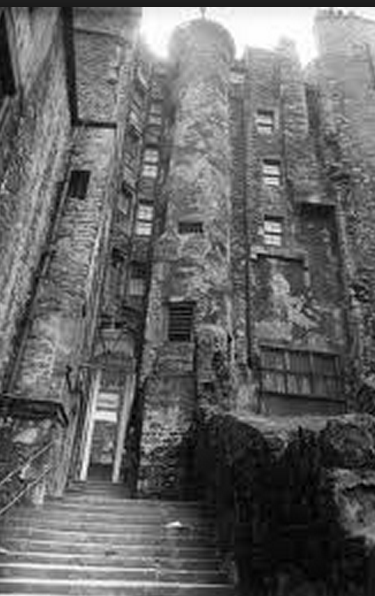
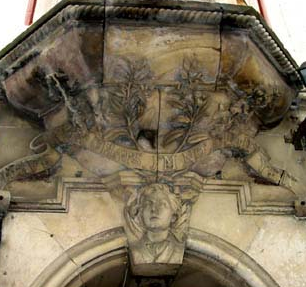
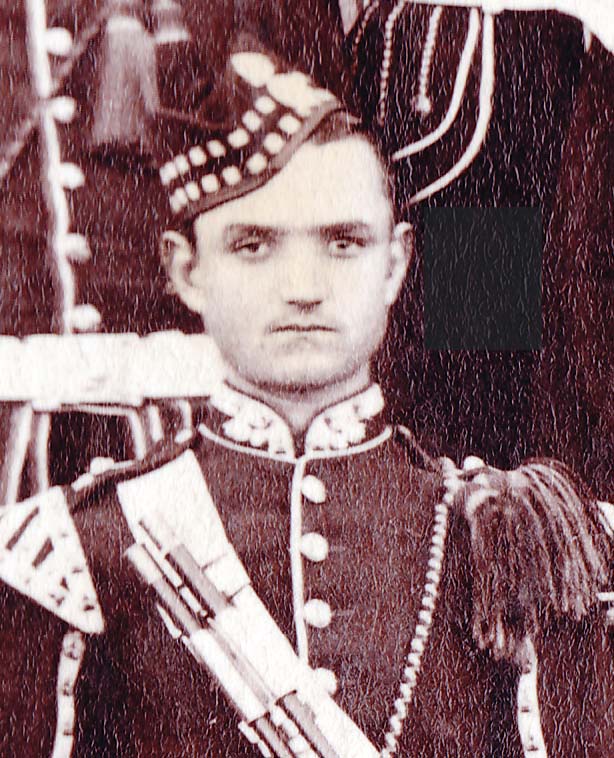
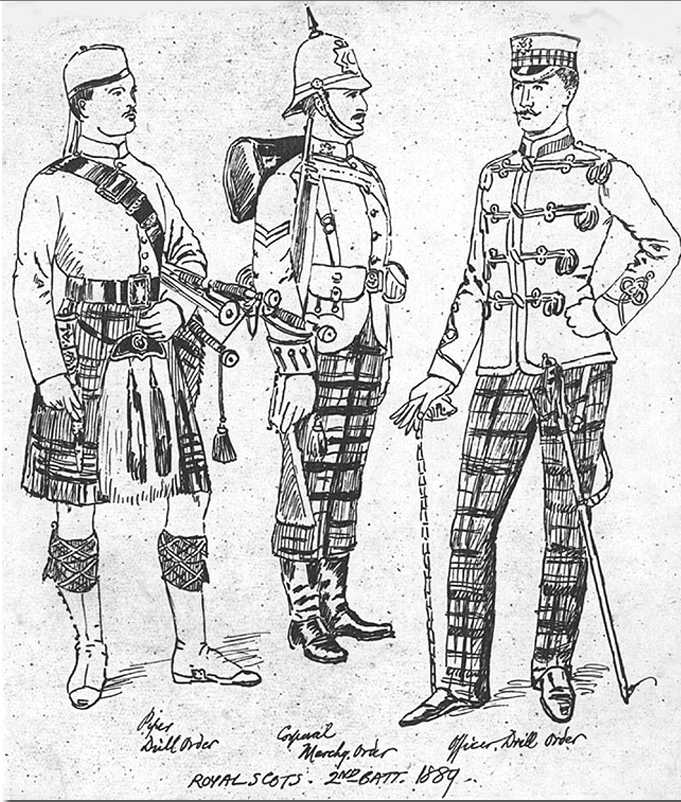
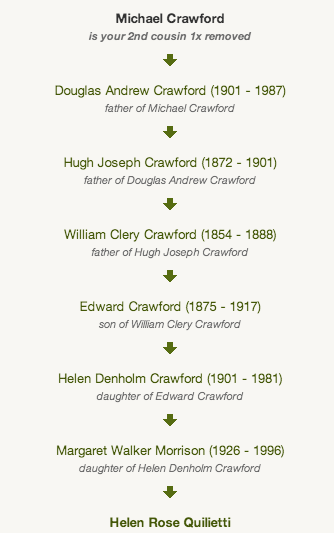
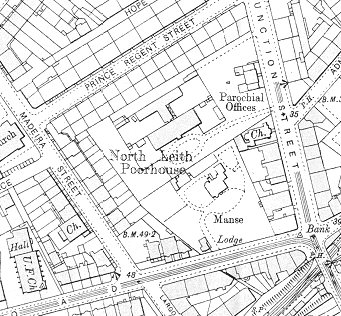

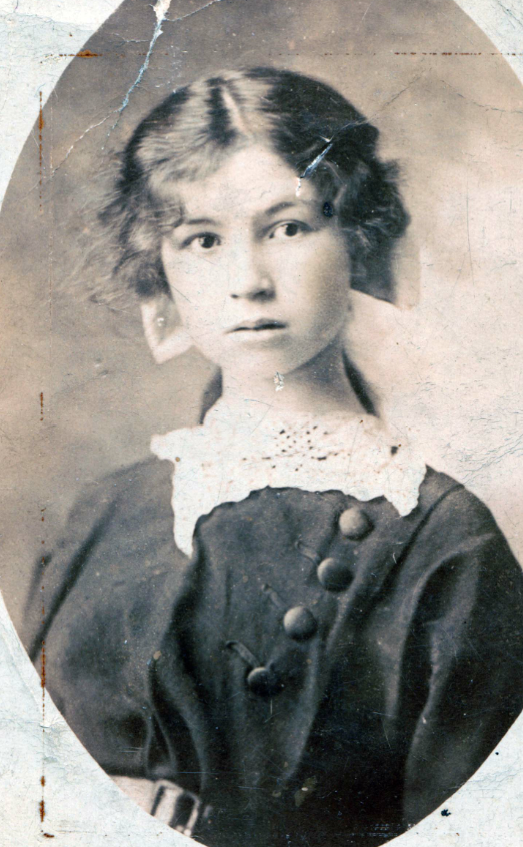
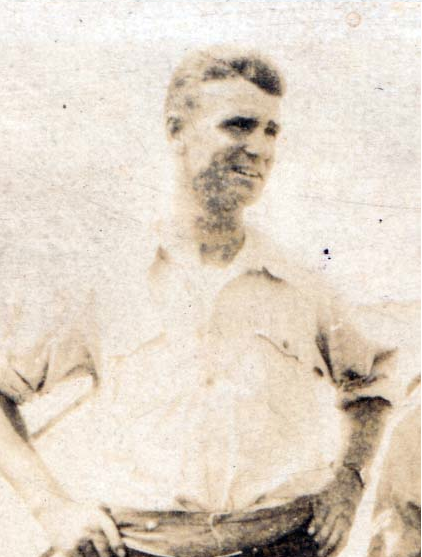
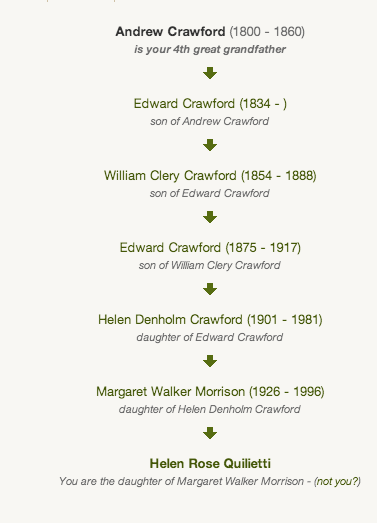
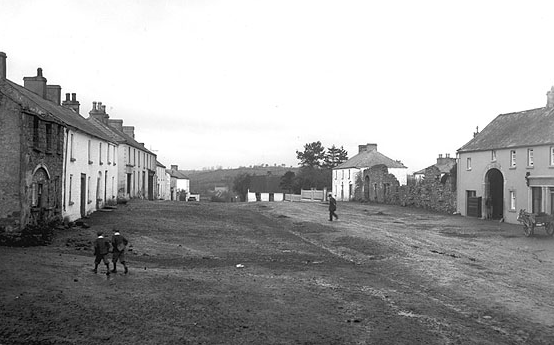
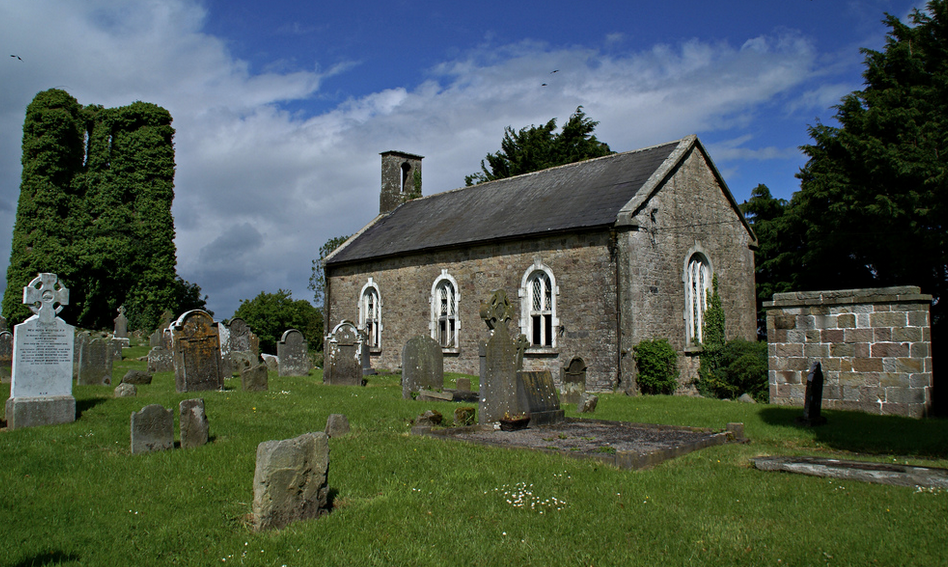
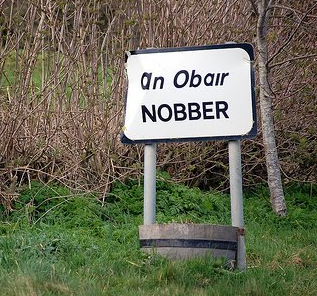

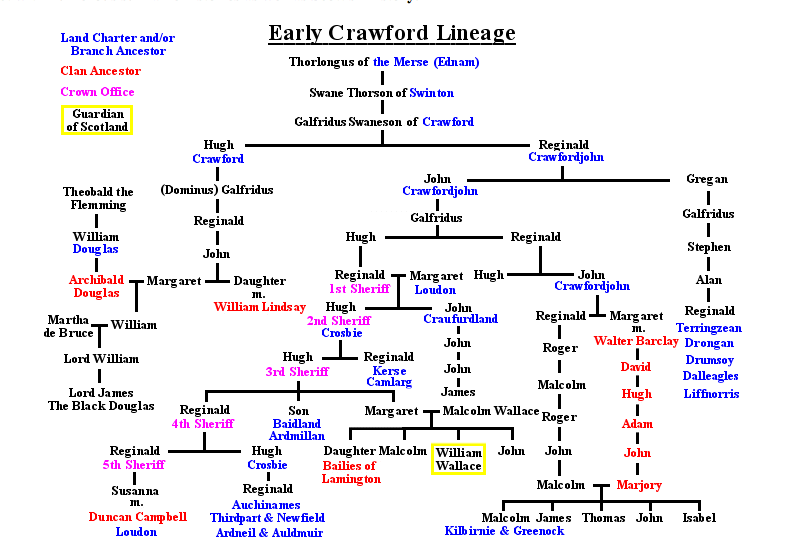
My Grandfather James MacDonald (John) Crawford fought in the Boer war but settled in Zimbabwe.
Apparently one of 10 children. The family in Scotland were in the weaving industry and prior to that were coal miners.
He had three children. John (called Jockey), James Macdonald(called – Jimmy) and Alexander (called Alex).
I have a copy of his birth certificate and someone in the family has two or three medals he got during the war.
IF anyone needs more information I can find out about South African/Rhodesian information as this is where I live and ask family members for their information that they have.
Hi Helen,Â
Im a member of the Clan Crawford Association from Ireland, I have read through your Crawford families ancestral origins on this page and I was wondering if you had any more information available from recient research that you’ve conducted ?
Myself & other members of our association do quite alot of research into different Crawford ancestral lines & it’s great when we find group pages like yours with so much information on the origins of your Crawford family from Scotland & Ireland.
I would like to take this opportunity to invite you & any Crawford’s following this page an invite to join our Clan Crawford Ancestry & DNA research Forum on Facebook, please see link below
https://www.facebook.com/groups/708463899258022/
I would also like to invite you & followers of this page to check out our Clan Crawford official website, Hopefully some of you may even be interested in joining our association yourselves ?.
http://clancrawfordassoc.org/
Out of curiosity have any member’s of your extended Crawford family taken any DNA tests atoll be it Y-DNA or Autosomal, our association has an affiliated DNA Database & we would be delighted to be able to add any results from your Crawford family or other Crawford’s who are followers of this page to our official DNA Database ?
Talk soon,
Kind regards,
Patrick Crawford.
Thanks for getting in touch Patrick. Am delighted that you have found our family website. Not quite sure what you are looking for. Only have family line through my Granny ‘Ma’ and her large family who were all born in the famous Canongate area of Edinburgh. I have births etc. of these ancestors. Am going in now to have a look at your Clan Crawford Website. I will make a page on my site for this Clan with your permission of course.
You can try again to contact me through e.mail.
Thanks for getting back to me so soon Helen, That would be brilliant if you were to highlight our Clan website within your family page, Our Facebook group is small, But there are lots of great information to be found there & also within our Clan website too for anyone looking for help with their Crawford Ancestral or DNA research , anyone of Crawford descent who has undertaken dna testing or who has extensive research carried out into their Crawford families origins we would love to hear from them & hopefully they would consider becoming a member of our association or maybe even joining our Facebook group
Best wishes,
Patrick.